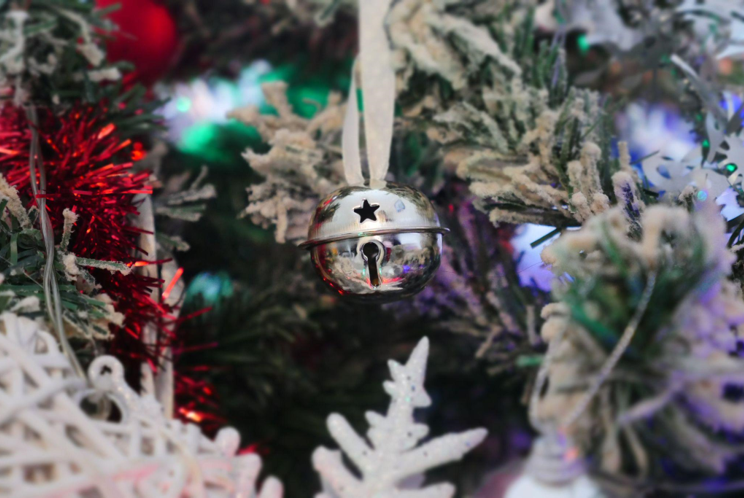The Rise of Artificial Christmas Trees
Christmas trees artificial have become increasingly popular over the years. The American Christmas Tree Association reports that in 2019, 81% of households displayed an artificial tree. There are many reasons for this shift, including environmental concerns and convenience. But as with any industry, there are politics at play.
One of the leading players in the artificial tree market is China. The country produces the majority of artificial trees sold in the US and has a significant impact on the industry. However, with the current political climate between the US and China, there are concerns about the supply chain for these trees. Some worry about a potential shortage of artificial trees or the quality of the trees produced.
Additionally, there are debates about the environmental impact of artificial trees versus real trees. While artificial trees can be reused for many years, they are often made from non-biodegradable materials such as PVC. On the other hand, real trees are biodegradable but require cutting down a living tree each year. As consumers become more environmentally conscious, these debates will continue to shape the politics of the artificial tree industry.
The Business of Christmas Lights
Another critical aspect of the holiday season is Christmas lights sale. According to the National Retail Federation, Americans spent $8.2 billion on Christmas decorations in 2019, a significant portion of which went towards Christmas lights sake. However, the politics of the Christmas light sale industry are more complex than one might think.
One example of the politics of Christmas lights is the battle between LED and traditional incandescent lights. LED lights are more energy-efficient and longer-lasting than incandescent lights. However, conventional lights are often cheaper and have a warmer glow. As a result, retailers must balance consumer demand with energy efficiency and safety regulations.
Another factor in the Christmas light industry is the impact of tariffs. 2019, the US imposed a 10% tariff on some Christmas lights imported from China. This tariff caused prices to increase for consumers, leading to concerns about the affordability of Christmas decorations. As with the Christmas trees artificial industry, trade and international relations politics are crucial to the Christmas light market.
Ultimately, the politics of artificial Christmas trees and lights come down to checks and balances. The government regulates safety standards and enforces tariffs, while consumers drive demand and shape the market. As the holiday season approaches, it’s important to understand the politics behind the decorations we buy and their impact on our world.

